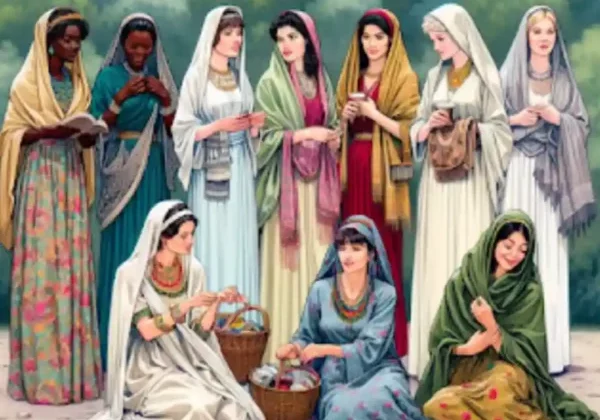What Maundy Thursday Means and Why Do Christians Observe It

SHARE
As Holy Week draws near its solemn climax, Christians around the world gather on Maundy Thursday to remember an evening that changed everything.
Nestled quietly between the celebration of Palm Sunday and the mourning of Good Friday, Maundy Thursday—also called Holy Thursday—commemorates the Last Supper of Jesus Christ with his disciples. But this is more than a historical moment; it is a day rich in meaning, devotion, and divine instruction.
The word Maundy comes from the Latin mandatum, meaning “commandment.” It refers to the new commandment Jesus gave his disciples on that sacred night: “Love one another as I have loved you” (John 13:34).
The instruction was not abstract or theoretical—Jesus physically demonstrated it by performing the humblest task: washing the feet of his disciples. In a world where foot-washing was left to the lowest servant, this act revealed the depth of Christ’s humility and love.
Churches around the globe observe Maundy Thursday with reverence. Services often include the celebration of the Holy Eucharist—reenacting the Last Supper where Jesus broke bread and shared wine, symbolizing His body and blood.
In many traditions, the altar is stripped bare at the end of the service, symbolizing Jesus’ abandonment and the somber journey toward the crucifixion. Some churches also hold a foot-washing ceremony, embracing Christ’s command not just to love, but to serve.
The historical foundation of Maundy Thursday is deeply rooted in Scripture. The Gospels of Matthew, Mark, Luke, and John each recount the events of that evening. From the institution of the Lord’s Supper to the betrayal by Judas, and the agony in the Garden of Gethsemane—each detail speaks to Jesus’ obedience, His love for His disciples, and the burden He bore for humanity.
Interestingly, the United Kingdom observes a royal tradition on this day called “Maundy Money,” where the monarch distributes symbolic coins to the elderly as an act of charity. This custom, dating back to the 7th century, mirrors the spirit of humble service that Maundy Thursday represents.
The spiritual heartbeat of this day lies in remembering Christ’s sacrifice, but also in embodying the love He showed. As the apostle Paul recounts in 1 Corinthians 11:23–26, “The Lord Jesus, on the night he was betrayed, took bread… ‘This is my body, which is for you; do this in remembrance of me.’” Through communion, believers remember not just the meal—but the meaning behind it.
More than a date on the liturgical calendar, Maundy Thursday invites every believer into a posture of reflection and action. It reminds us that love is not passive. True love bends low, washes feet, shares burdens, and gives without expecting in return. It is a love that points directly to Christ.
In a world that often celebrates the grand, Maundy Thursday calls us back to the quiet strength of humility, the grace of selflessness, and the beauty of serving one another—just as He did.
*Cover Photo/Thumbnail Photo from Icon Productions
RELATED ARTICLES

Nicaragua Blocks Tourists from Bringing Bibles Inside Borders

Nicki Minaj Backs Nigerian Christians, Cites Bible Against Bloodshed

Philippine Blockchain Week is a Community Partner for Consensus HK 2026

Could Aliens Actually Be the Nephilim?








